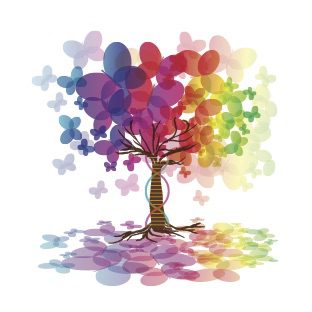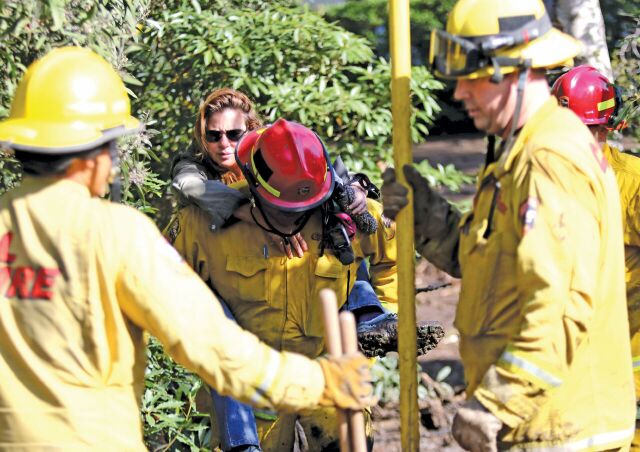By Sheila Benedict
Contributing Writer
Christmas is right around the corner and probably the best gift this year is to be able to spend it with family. As stated in many of these columns, genealogy is family. Regardless of ethnic background, current religion, and life status, genealogy will often poke holes in what you think you know about your family.
Right now, I am working three rather difficult cases: a probate in another country, DNA results that changed direct family lines, and a search for family and friends to accurately and reliably fill in some spaces on a family tree.
In many cases, people will interview family members and whatever they are told, they believe. As a former instructor in a community college program, where I taught oral history techniques, I can professionally tell you that most interviews are only, if you are lucky, 50% accurate. The rest is often family lore handed down generation to generation and modified as it changed hands. Everything, and I mean every thing, that is told to you or written down somewhere needs to have source citations to prove what is fact versus fiction.
I have experienced some pretty interesting and fictional stories during these past 30-plus years. An example was a man who sent me a box of papers and said his grandfather was married to two women and they lived across the road from each other. After going through all the papers, line by line in some cases, then looking up much of it in online databases, contacting a historical and a genealogical society in the locale, checking vital records, and other types of source documents, it was established accurately through reliable sources there was only one house, one wife and one family group.
In addition, he gave me women with the same name and children with the same names. When I contacted the client and told him of my findings, he did not believe me. Rather than argue in a no-win argument, I typed up a report, packed all the papers back in the box, issued a refund of the fee he sent, and returned all of it to him. The evidence was clear and he just did not want to believe what was located. He would rather spend the rest of his days telling people about his bigamist grandfather.
Another example was a woman whose grandmother told her there was a particular tribe’s reservation in one of the northern U.S. states and she was from there. The client wanted more information but not finding any, I contacted the Bureau of Indian Affairs and the state historical society where both told me there are scattered people from a lot of different tribes, but no reservation for that particular one. When I told my client her grandmother might have lived in that state but not on a reservation, she said, and I quote: “If my grandmother said it, it’s true.”
Have a great Christmas, hopefully with your family and a Happy New Year 2021!
Sheila Benedict is a professional forensic and family genealogist. She is the author of Research in California, which she wrote in 2015 for the National Genealogical Societies Research in the States Series and writes articles in a variety of genealogical society newsletters and magazines.







